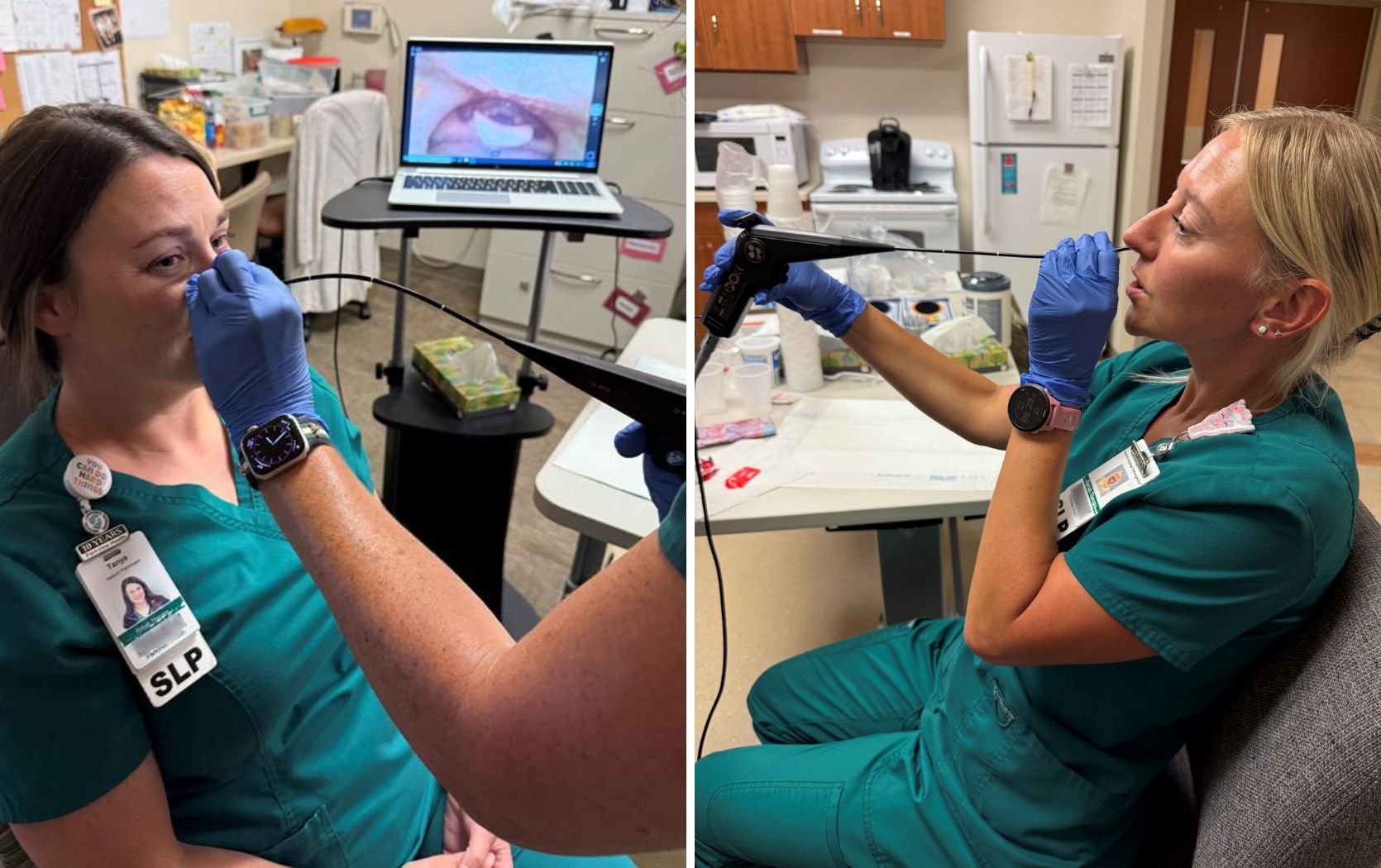
Fatty liver disease is a growing condition among both adolescent and adult populations. Vanessa Mendez, MD, PPG – Gastroenterology, discusses the prevalence of this silent disease, the factors associated with the condition, and the preventive measures people can take to lower their risk and possibly reverse early liver damage.
Fatty liver disease occurs when excess fat gets stored in the liver. It is normal for the liver to hold some stored fat, but excessive amounts can lead to liver damage. There are two forms of fatty liver disease: alcoholic fatty liver disease (AFLD) and nonalcoholic fatty liver disease (NAFLD).
AFLD is caused by heavy drinking, while NAFLD occurs in people who aren’t heavy drinkers but have a buildup of excess fat. If left untreated, NAFLD can progress to cirrhosis, a scarring of the liver that can lead to severe health complications and even liver failure.
Prevalence
NAFLD is increasingly common and seen worldwide, especially in Western nations. It is the most common form of chronic liver disease in the United States and affects about one-quarter of the population.
Most adult patients diagnosed with NAFLD are in their 40s and 50s and of Hispanic or Asian descent. However, this doesn’t mean that individuals of other ancestry aren’t at risk of developing NAFLD.
NAFLD can also occur in children. It’s the most common cause of liver disease in younger patients, and like adults, children and adolescents don’t show symptoms until later. For this reason, it’s imperative to identify comorbid conditions like hypothyroidism, diabetes, depression, anxiety, or a family history of liver disease because they could increase their risk of developing NAFLD.
Symptoms
As previously mentioned, most people with fatty liver disease don’t typically show any symptoms until much later in the progression of the disease. However, if and when symptoms do occur, they could include:
- Pain in the upper right side of the abdomen
- Jaundice or yellowish skin and whites of eyes
- Nausea, loss of appetite or weight loss
- Edema or swollen abdomen and legs
- Extreme tiredness
- Mental confusion
- Weakness
Diagnosis
Because of the late symptom onset, your doctor may want and need to order specific tests to diagnose fatty liver disease. Some general tests might include:
- Physical exam
- Blood test to show liver enzyme levels
- Ultrasound or computed tomography (CT) scan to get a picture of the liver
- Liver biopsy or tissue sample to help determine how far the liver disease has progressed
Risk factors
While the exact cause of fat accumulation in the liver is unknown, some factors and conditions are associated with fatty liver disease and can increase someone’s risk of developing NAFLD. Some of those risk factors can include:
- Metabolic syndrome
- Polycystic ovary syndrome
- High cholesterol, blood sugar or fat
- Obesity or being overweight
- Type 2 diabetes or insulin resistance
- Hypothyroidism (underactive thyroid)
- Hypopituitarism (underactive pituitary gland)
- Being of Hispanic or Asian descent
- Sleep apnea
- Menopause
Treatment
There are no specific medications that treat fatty liver disease. However, there are lifestyle modifications that can improve your health. These changes and practices can include:
- Avoiding alcohol
- Losing weight
- Taking recommended vitamins/supplements
- Taking medications to manage high cholesterol, diabetes, and/or triglycerides
Additionally, because weight loss is the primary therapy for most patients with NAFLD, there are treatments targeted specifically for treating fatty liver disease. Those can include:
- Bariatric surgery – This is a promising option if patients with NAFLD don’t meet their weight loss goals after six months of lifestyle changes.
- Drug therapy – A physician may recommend this treatment for patients who don’t meet their goals through diet and exercise alone. However, recommendations vary greatly among clinicians.
- Pharmacologic liver-targeted therapy – This option is limited and depends on a large variety of factors that the clinician must consider.
Prevention
The good news is that the liver can repair itself! With the right lifestyle changes, it’s possible to reduce liver fat and inflammation and reverse early liver damage. People can lower their risk of fatty liver disease by making healthy changes such as:
- Lose weight gradually
- Maintain a healthy weight
- Exercise regularly
- Limit alcohol consumption
- Take medications as prescribed
- Adopt a healthy plant-based diet (Mediterranean)



